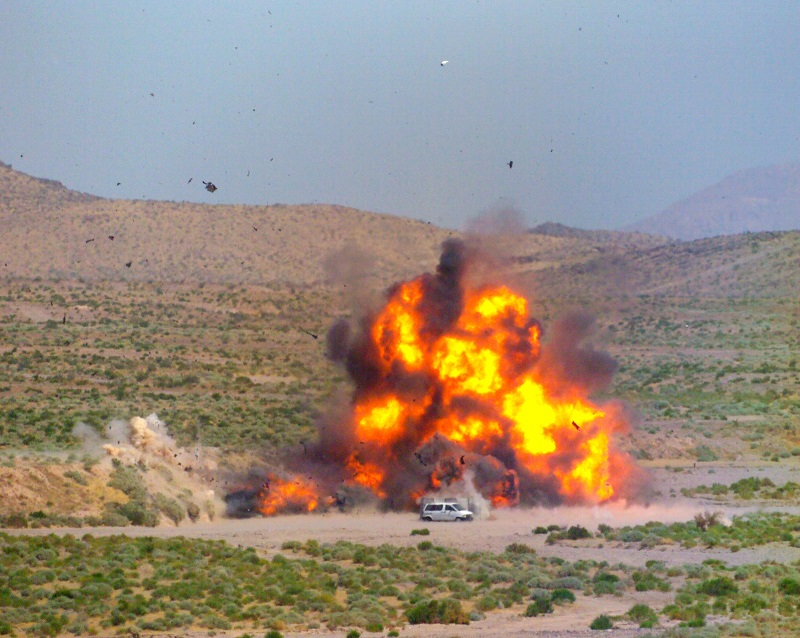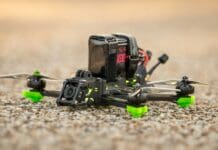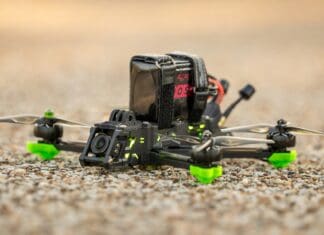
This post is also available in:
 עברית (Hebrew)
עברית (Hebrew)
A “mini-Predator” configuration was showcased of the Jump 20 tactical medium unmanned air vehicle (UAV), a retrofit allowing the UAV to launch multiple Switchblade 300 loitering munitions, by Aerovironment .
A successful proof-of-concept demonstration in August integrated Switchblade 300 loitering missiles and JUMP 20 UAV for increased mission autonomy and efficacy. The goal was launching the munition from the UAV and successfully recovering both air vehicles.
Supporting conventional or special operations forces in the field or from fixed defensive positions, the combat-proven Switchblade 300 loitering munition is suited for use against beyond-line-of-sight targets. It carries a grenade-sized munition in its nose.
The JUMP 20 is a vertical takeoff and landing (VTOL), fixed-wing unmanned aircraft used to provide advanced multi-sensor intelligence, surveillance, and reconnaissance (ISR) services. It delivers 14+ hours of endurance and an operational range of 185 km (115 mi). The combination would give small tactical ground units the ability to conduct airstrikes using Switchblade 300s, which are effective at taking out non-armored targets like troops and light vehicles, according to flightglobal.com.
Armed aerial reconnaissance missions are typically conducted by larger UAVs, such as US Army General Atomics Aeronautical Systems MQ-1C Gray Eagles or US Air Force’s MQ-9 Reapers – both successors to the MQ-1 Predator. That is why AeroVironment calls its Jump 20-based retrofit a “mini Predator”.
The UAV can be retrofitted to launch two to four Switchblade 300s. They are usually launched from a tube, using compressed gas, by ground soldiers.
The UAVs are expected to both carry Switchblade 300s and serve as a communications relay – a capability that would enable the loitering munitions to operate far beyond their typical range.

























